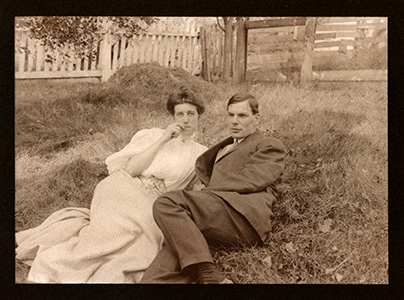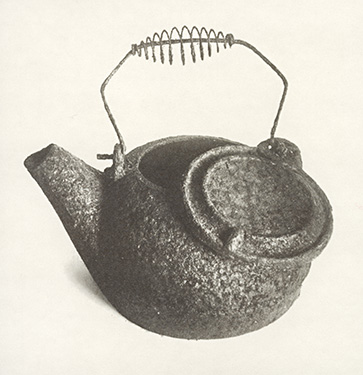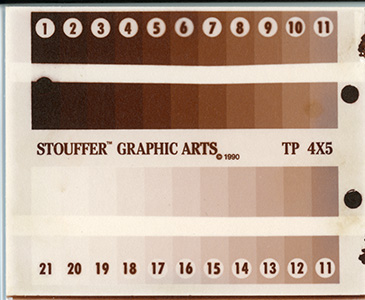7. Handmade Silver Gelatin Emulsions—Printing-Out Paper (POP) |

| |

Printing-out papers are covered extensively in my new book, The Handmade Silver Gelatin Emulsion Print—Creating Your Own Liquid Emulsion for Black & White Paper, published by Routledge/Focal Press. The link is on the home page. In addition to my contribution to the book, Radoslaw Brzozowski, Head Tutor of Tricity School of Photography, in Gdansk, Poland, has written an extensive and excellent chapter on his work with POP. POP is especially suitable for the beginner emulsion maker; even more so for someone new to darkroom work or someone with limited space to work. It is highly adaptable to working in small and/or temporary darkrooms. Only a few pieces of equipment and a few chemicals are required. The processing workflow can be very simple. The exception to absolute simplicity is the requirement of UV light for printing. This can be provided by the sun, but practically, you will probably want a UV printing box. They can be purchased ready-to-go or DIY. The Handmade Silver Gelatin Emulsion Print does not have instructions for making a UV printing box, but instructions abound on the Internet. One more thing, not an exception, but certainly a caveat: As simple as POP is to learn the basics, it can/will take a bit of time and work to master. This is a process that will fully engage the print-maker who welcomes a challenge. Of course, technical mastery is not the only way to be an artist. For the print-maker who approaches art more loosely, and who loves surprise and serendipity, this process can deliver those in abundance. It's hard to make an ugly POP print. The colors possible with POP are part of its appeal. They aren't the usual B&W photographs! The print on the left is Chloride Gaslight paper (see page 8); on the right is untoned POP. | |


| |
|
The most typical (and easiest to achieve) colors range from purplish-brown to reddish-brown. Besides color, the biggest difference between developing-out paper and printing-out paper is the density scales. POP is very long. It outstrips the capacity of most step tablets. Below, it took a strip of lightproof film tape, run through the middle of the steps, to be able to record the unexposed base white of the paper. POP is able to do justice to dense, contrasty negatives. | |


| |

| |
| < Paper Negatives Developing-Out Papers > |